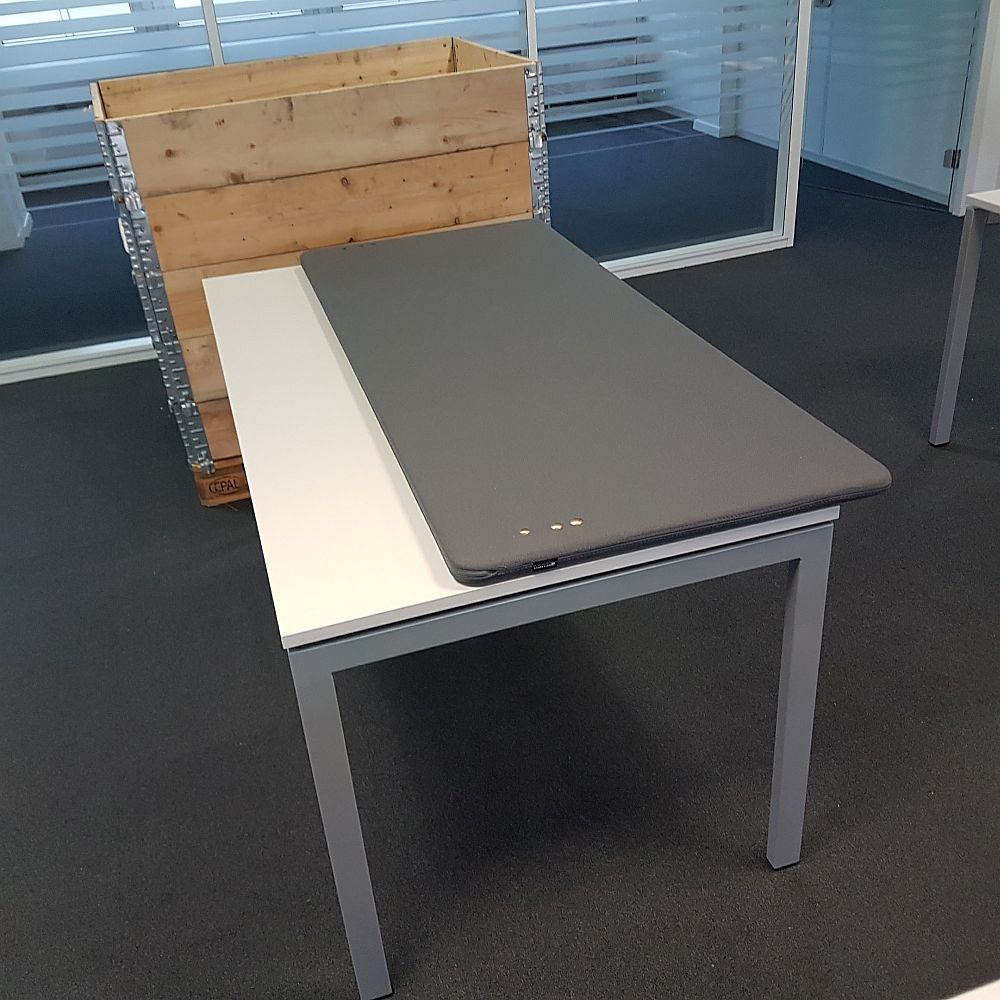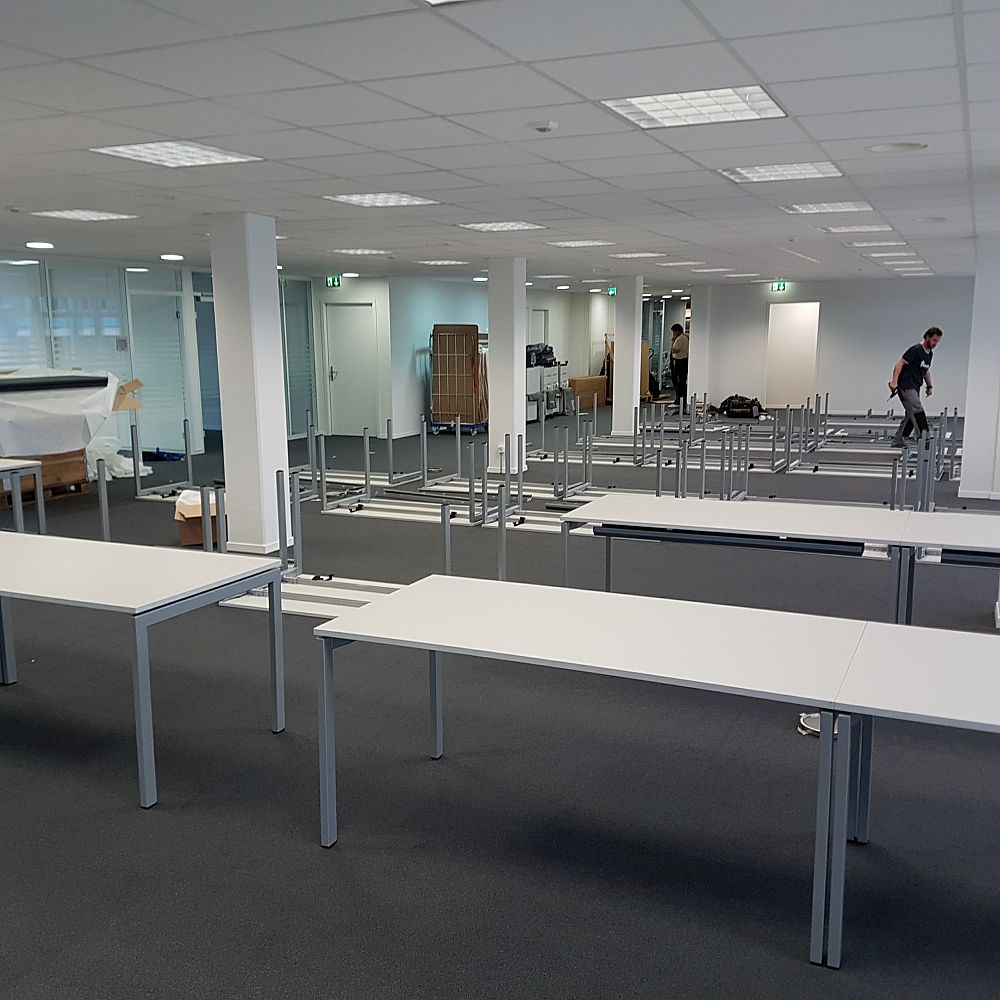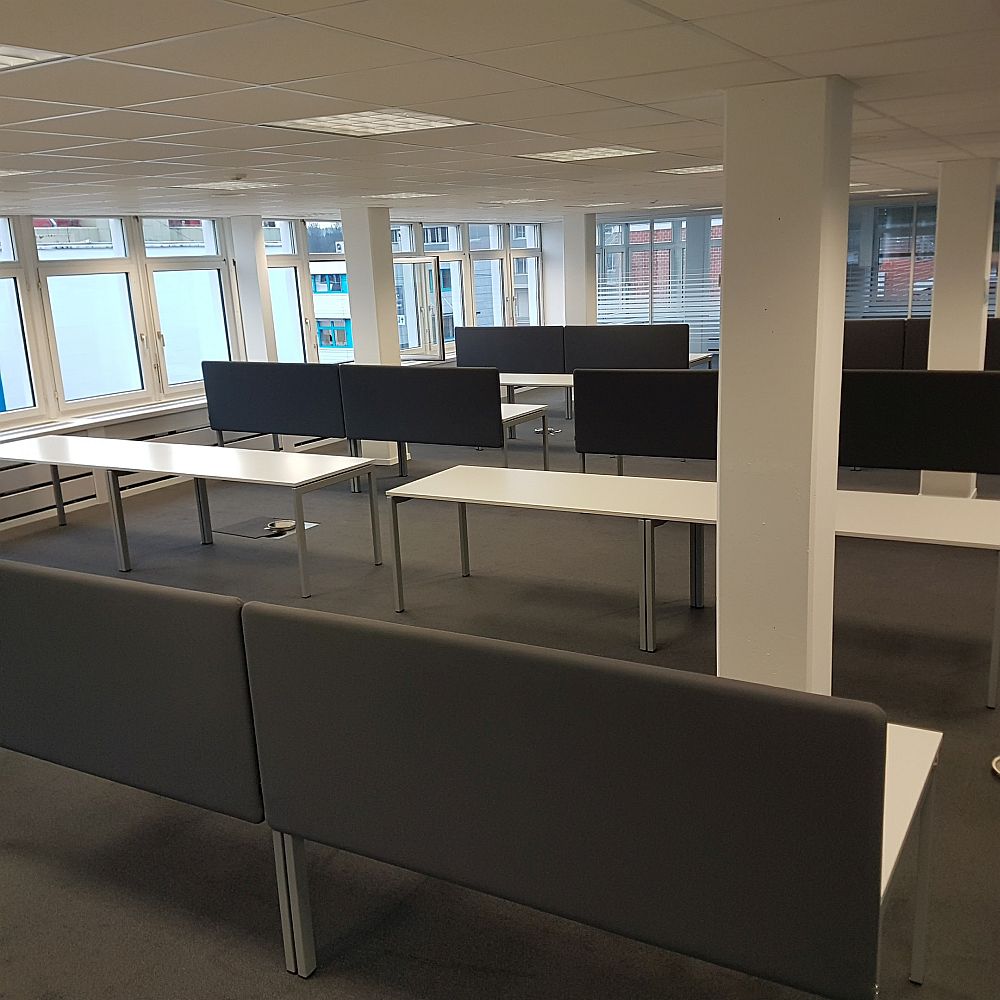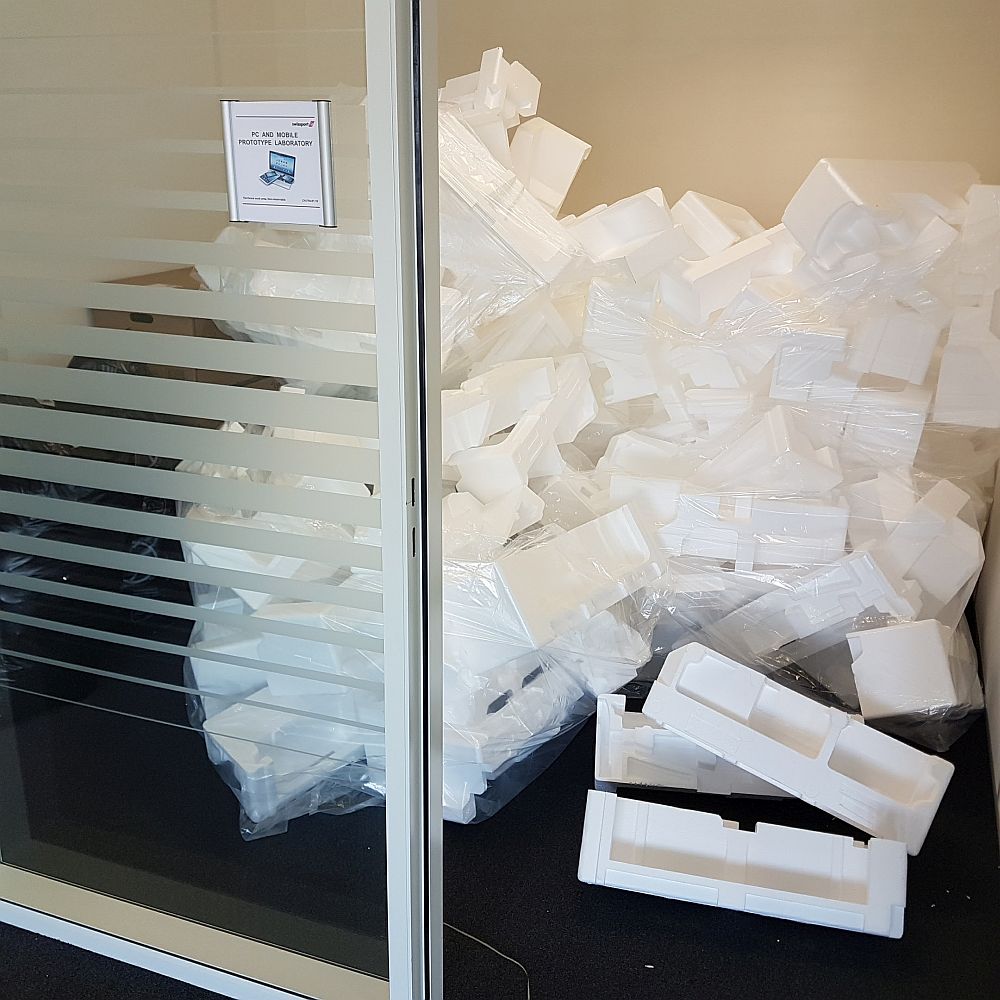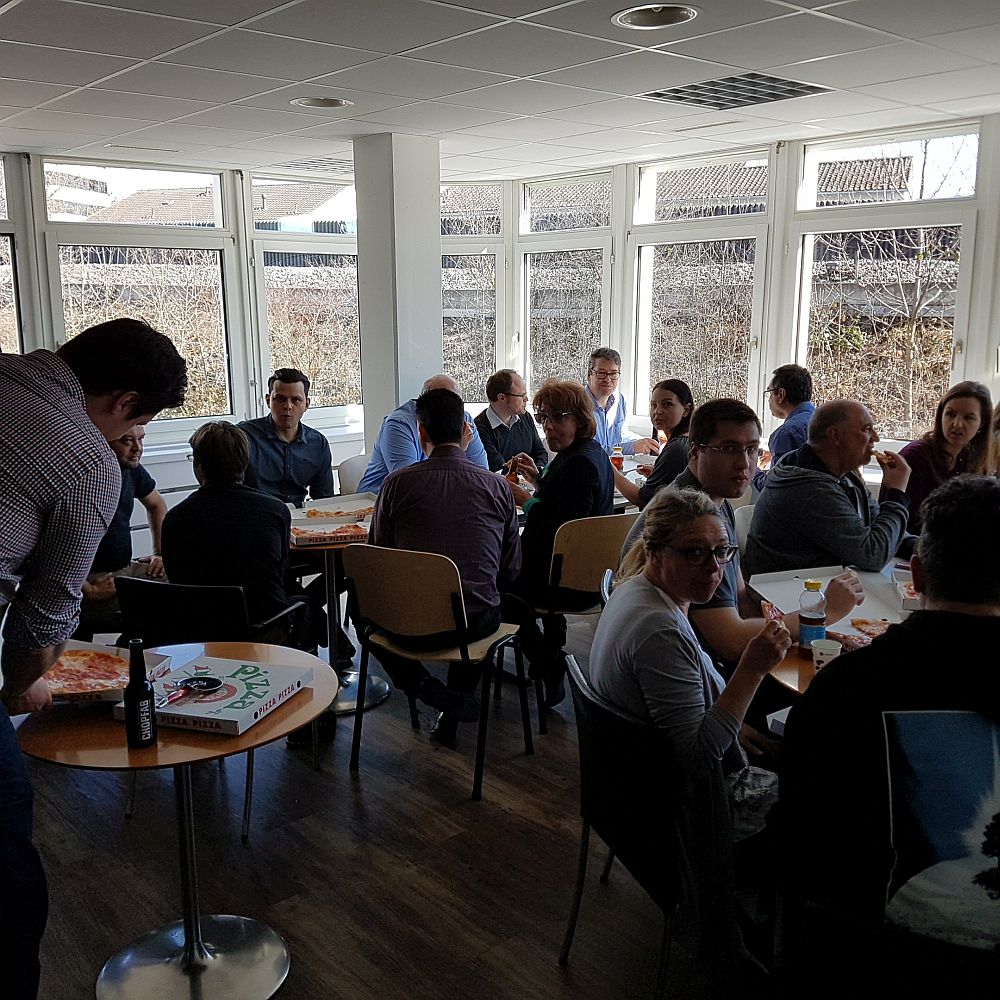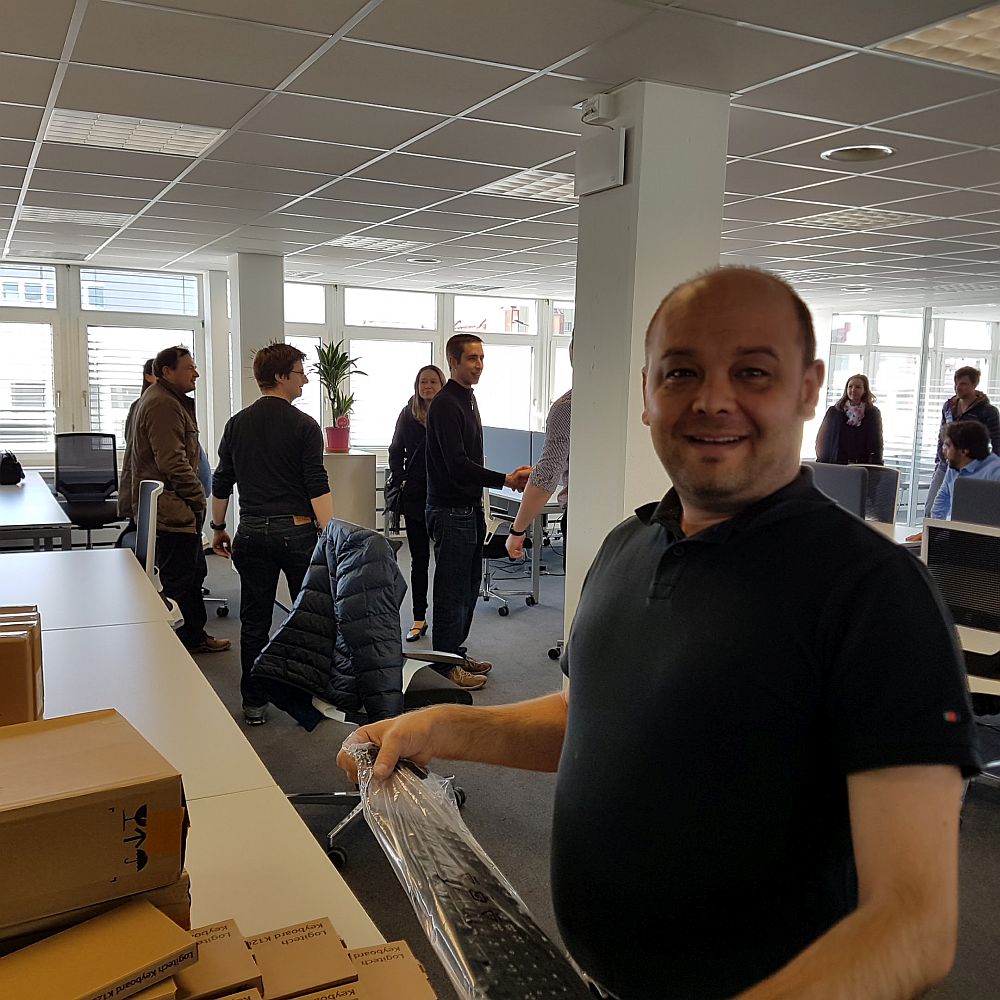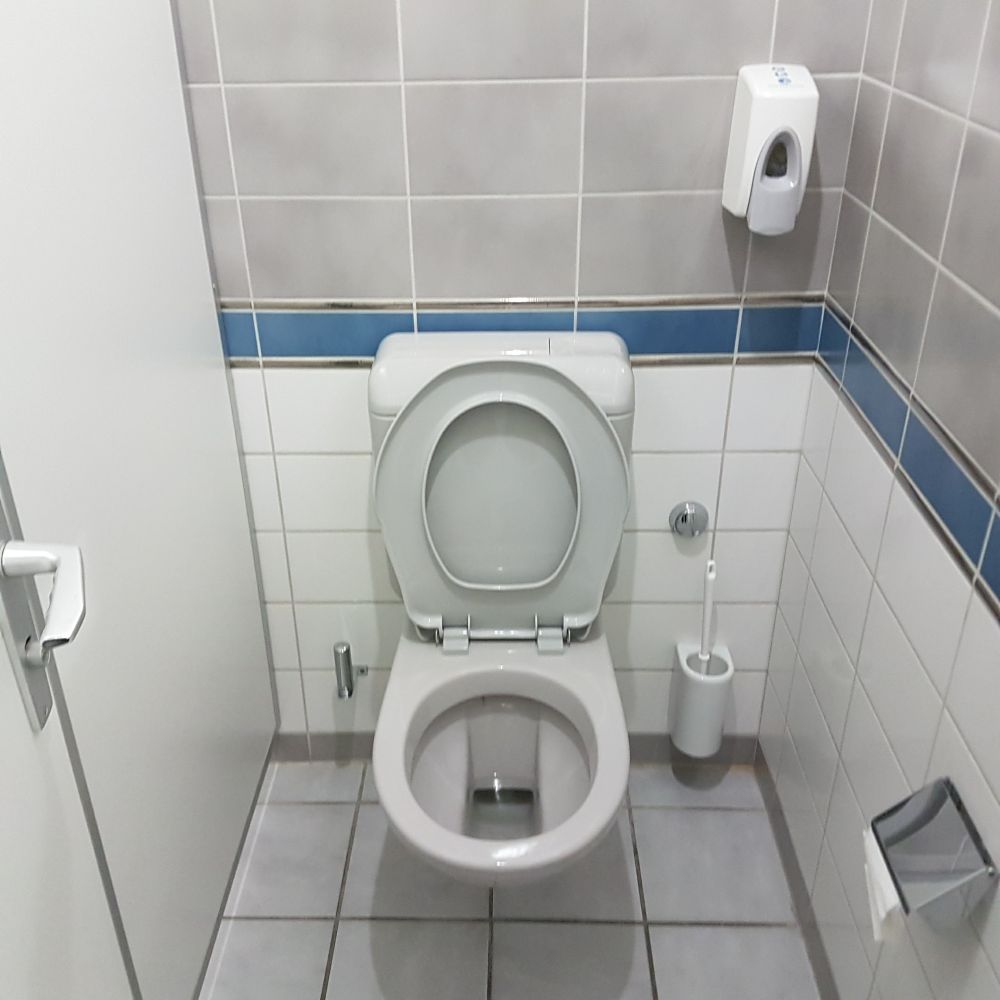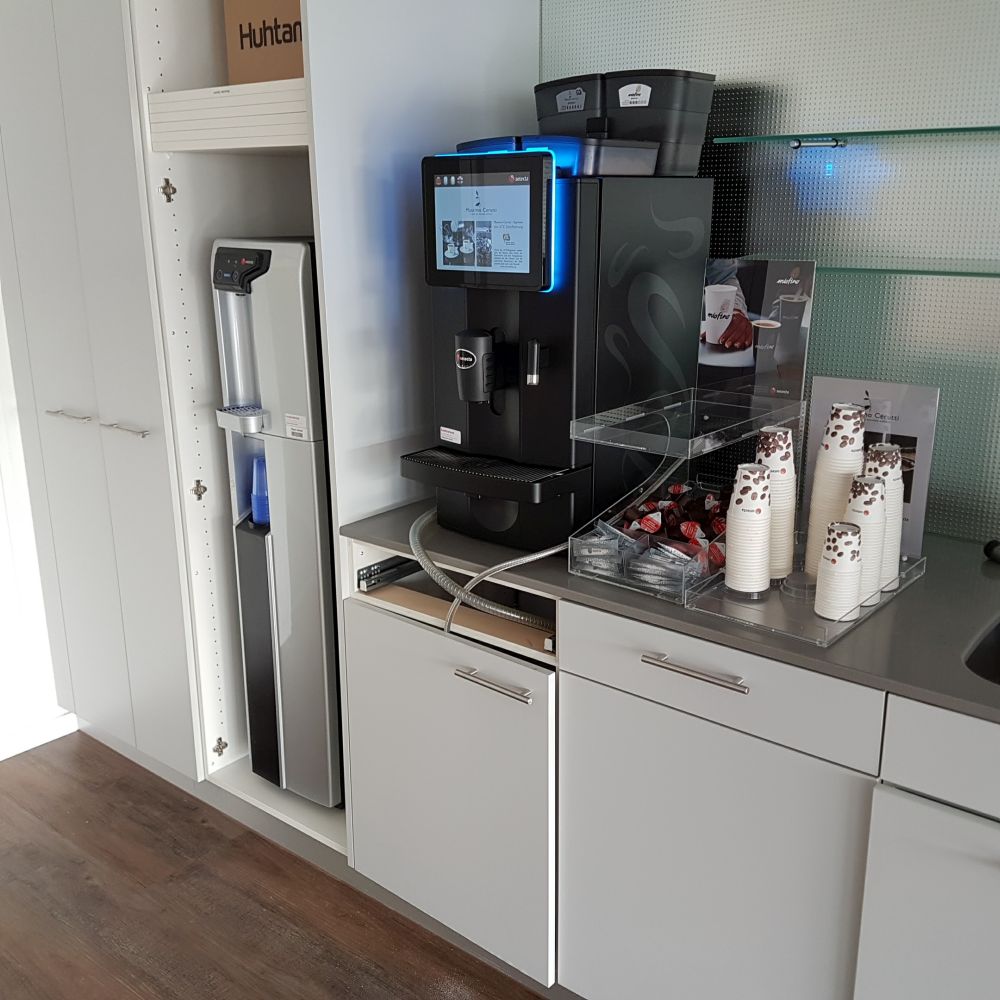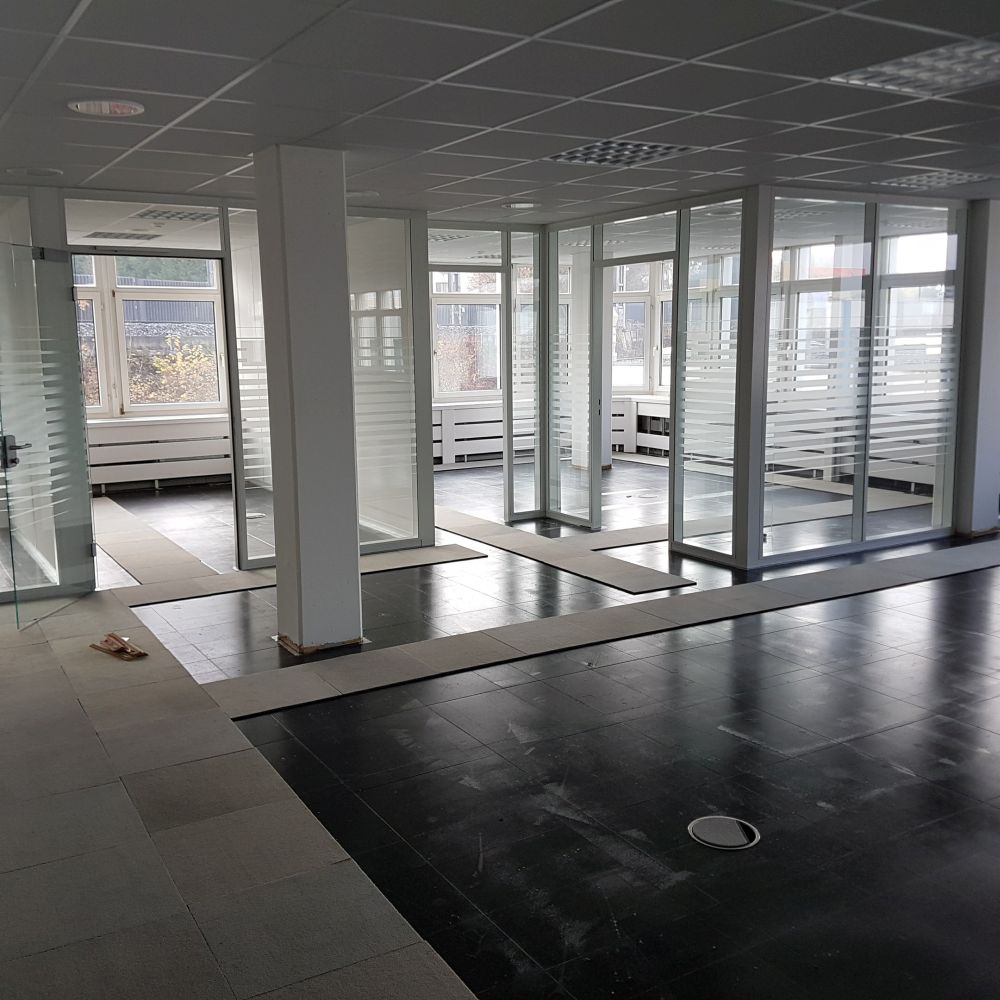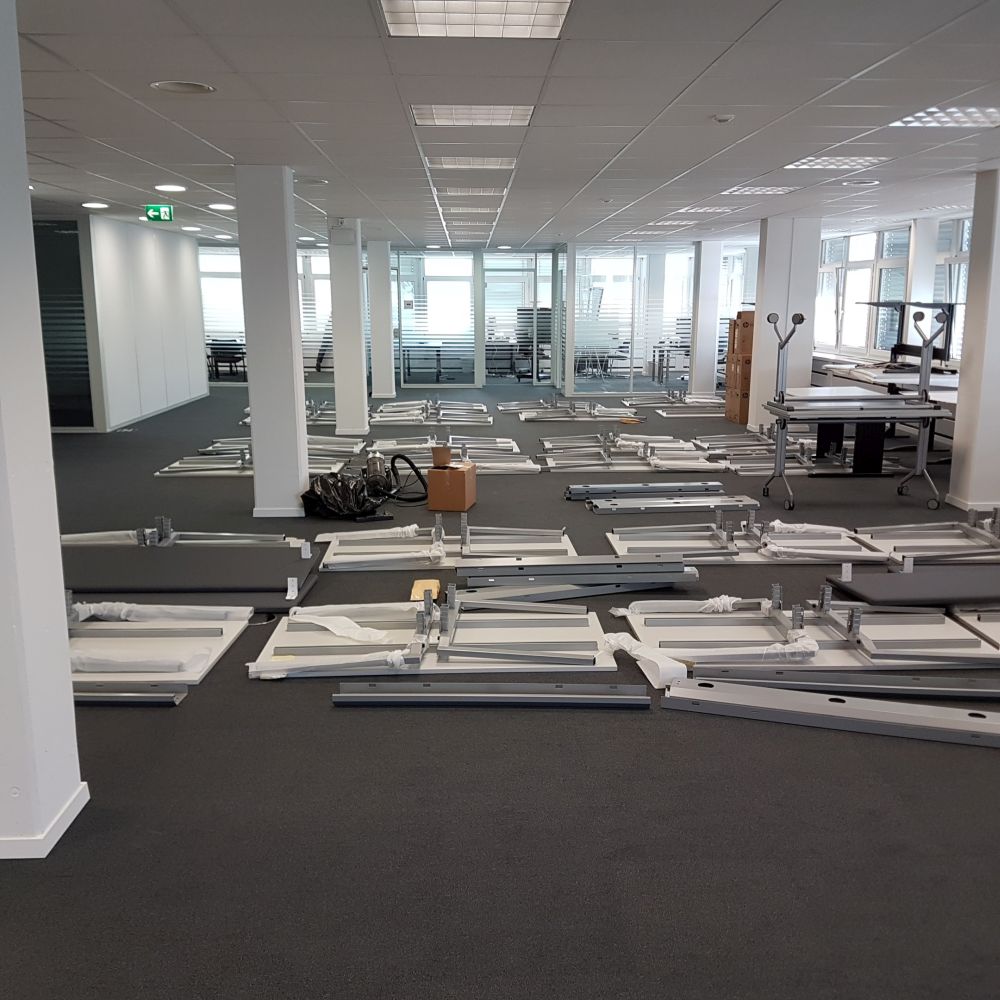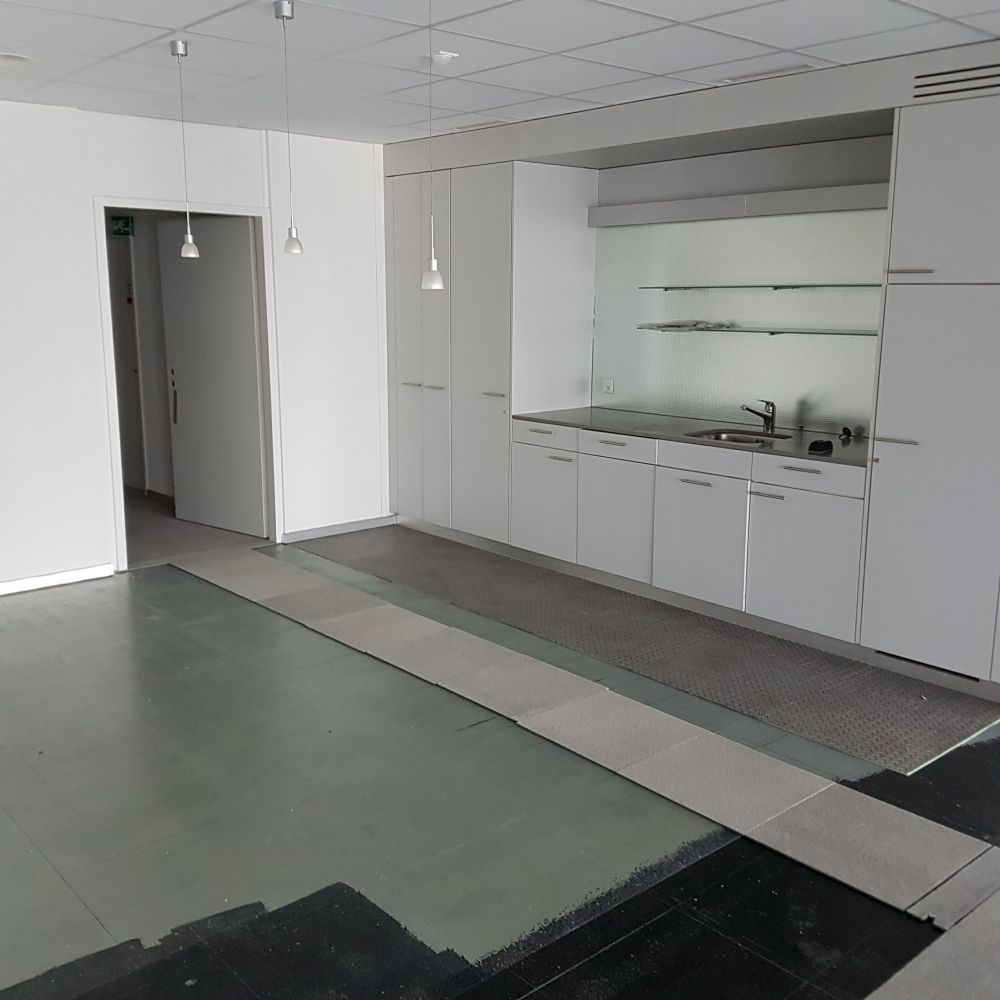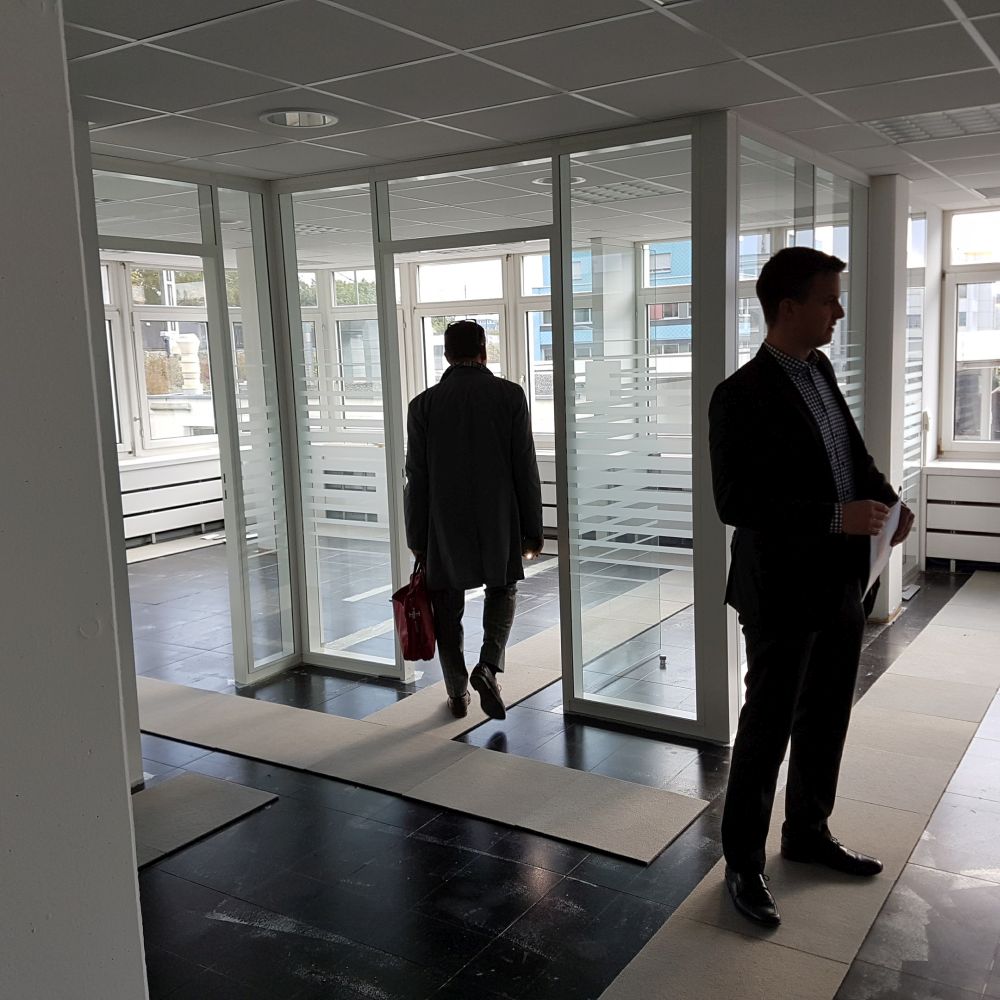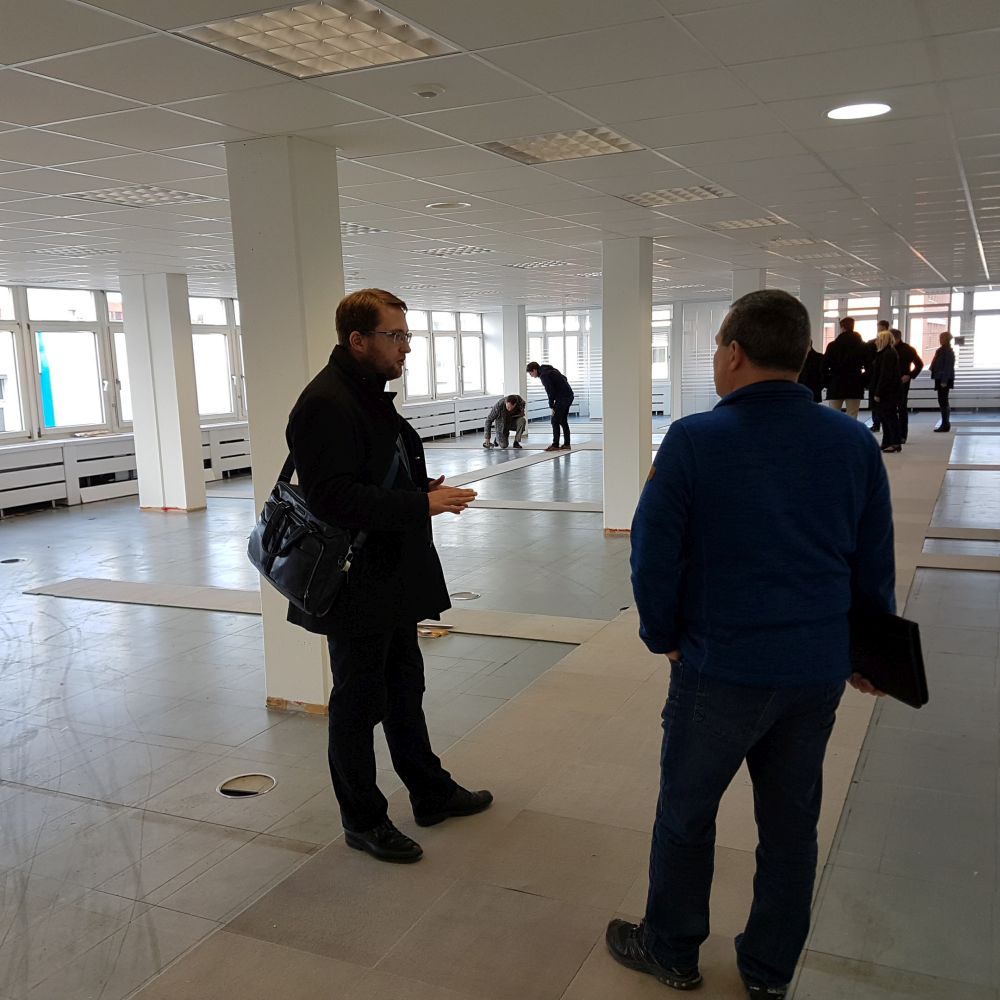Continuing the series, as part of a large IT transformation that I helped drive, it was necessary for us to hire 20+ talented IT professionals. And add to that around 30 mostly Indian colleagues that were to join us to run the Transition and Transformation (T&T) program. And add to that at least two other large IT teams we wanted to consolidate. And because we had so many people, it was necessary for us to locate and rent a building dedicated to IT. So I had a once-in-a-lifetime opportunity to take off my IT transformation hat and put on my facilities management hat.
This blog series recollects a bit of the journey before too much time passes and I forget some of the more interesting details.
Servant Leadership
If there is a message in this blog post, I don’t want it to remain hidden: it’s all about Servant Leadership. A job needs doing, and you are responsible for getting it done. Sometimes the best approach is to step back, lay the ingredients for success, then rely on motivation and coaching to let things fall into place.
Park your prejudices!
I’ve mentioned in earlier blogs that I had the pleasure of driving this project together with Christian Neuenschwander, the IT Manager’s IT Manager. If you give Christian a paperclip and a battery, he can probably build a network router.
Anyway, while chatting about this challenge I asked Christian what he thought would be our biggest challenge in this whole program. He just laughed at me and said without skipping a beat: putting together the desks and equipping them with the needed IT and power cables.
This is where my prejudices kicked in. I’d never done a project of this type, but surely putting together the desks and stringing them up with cables would be the easy part? But this is also where my charburned fingertips and painful, bitter experiences came in: I knew Christian – I trusted Christian- and even if what he told me sounded like pure rubbish to my ears – which it did – I still decided to trust him.
Glad I did – Christian was right!
The challenge
Thankfully, we did not need to install the desks ourselves. I think I ordered nearly 75 desks, and they were delivered by a big team. They looked like this when they came in:
(Sadly, we did not have the money for height adjustable desks. That really upset many people, but it would have required a larger investment than we had in our budget.)
The delivery team took a factory line approach, so the assembly work was very structured and organized:
Finally, after assembling all the desks in the right places, the crew departed and it looked like this:
These guys were smart smart smart: although I ordered everything at the same time, the desk chairs were not even delivered until the desks were set up. Picking the chairs, by the way, was no easy task. If you don’t know about industrial office chairs, believe me, can be much more complicated than you think, the better models even having specific adjustments because men and women tend to sit a bit differently on them, or with special features such as coat hangers built into the back.
Here is one of many snaps I took at the chair store,
Now came what I realized was indeed the hard part, equipping all these 75 desks with the needed IT and electrical infrastructure!
The solution: Use the Mark Twain / Tom Sawyer design pattern – and turn an awful job into team-building fun!
Christian was brilliant. His solution was to hold a do-it-yourself party. Christian and I would arrive early and get everything ready – but each person was responsible to equip the infrastructure for their desk. And not only that, but according to a very strict set of guidelines and finally quality-control: Christian would personally inspect the work before signing it off.
Here’s what it looked at when the gang got into high gear. First, think about the logistics. We had 75 desks, 2 monitors for each desk – and a keyboard – and a mouse – and a docking station – and a power-strip – and the LAN cables – and a bit of plastic that keeps everything together – that is a tremendous number of monitors and boxes and cables:
There was no other approach than just to use some of the conference rooms as temporary dumps:
The beauty of Christian’s approach is that everyone got involved – everyone. Here is my good friend Ann Duffy, the Senior Vice President of IT Business Applications, who we were lucky enough to recruit away from another company to have her come join us. She had very nearly 100 top IT application managers and eight teams in her global organization, yet here she is, crawling under her own desk and plugging in the cables.
This work was a real team-builder!
Job well done
Finally, the reward. After a long, long day I think Christian and I ordered nearly 30 huge pizzas for our hard working crew! Oh, and let’s not forget the beer, I think we bought 15 huge cases of beer, and probably 20 huge containers of Coca-Cola:
A final thought: the psychology of Servant Leadership and just plain hard work
Anyone who knows me knows that I love hard work. I’ve had hard jobs throughout my life, from housepainter to cook to forklift truck driver, where you ache and you sweat and you go home with bandages on your arms and splinters in your fingers.
But not everyone does.
And as I expected, this challenging 12-hour event gave people a chance to show their colors. Don’t get me wrong: everyone contributed above and (far) beyond the call of duty. It was hard work – and Christian and I are thankful for how it worked out. In our extended team of 70 people there was not a single person who did not pull his or her own weight.
Many people came – and worked hard – and ate their pizza – and went home. Job well done!
But . . . like Christian and I there were other hard-work-masochists and true servant leaders that really came to the forefront and stood out, such as our talented Head of IT Infrastructure and Operations Susanne, without whose help it would have even been more challenging for Christian and I. By the way, this was just one pile of boxes. We had about 12 more piles just this size. 75 desks x 2 monitors + keyboards + mice + cables + docking stations = one heck of a mess of boxes!
(There were 3 more “superstars” that also helped out – and I will think back on this fondly – but I am quite sure they don’t want the publicity or for me to show their photos.)
It’s a universal truth I’ve witnessed since my days of painting apartments in 45 C = 105 deg F weather in the hot, un-airconditioned Illinois summer sun: you don’t need to look hard for servant leaders, in fact you don’t need to look for them at all. They just magically show up whenever they see someone struggling or what looks like to be a challenge that needs extra help. (BTW: I’ve “parked” this idea. Sometime, someday, somewhere, I will need to find some servant leaders . . . and by running a large collection of people through a very difficult challenge, I am quite sure the real servant leaders will naturally sink to the bottom – where servant leaders belong – best positioned to help everyone else!)
Here’s Pascal, who is a real Facilities Manager and showed me the ropes of the job and helped me out, we really owned a huge debt to Pascal. As I’ve said in my other blog, Facility Manager is a true trade and profession that doesn’t always get the respect it may deserve:
And here’s Susanne and Christian – and one of 13 piles of boxes. The boxes were easy compared to disposing of all the Styrofoam packing.
Yes, that’s a flat screen TV. We ordered 12 of them, one for each conference room, and two on portable trolleys. We installed the trolleys ourselves but needed professional carpenters and the right brackets for the 10 fixed units.
